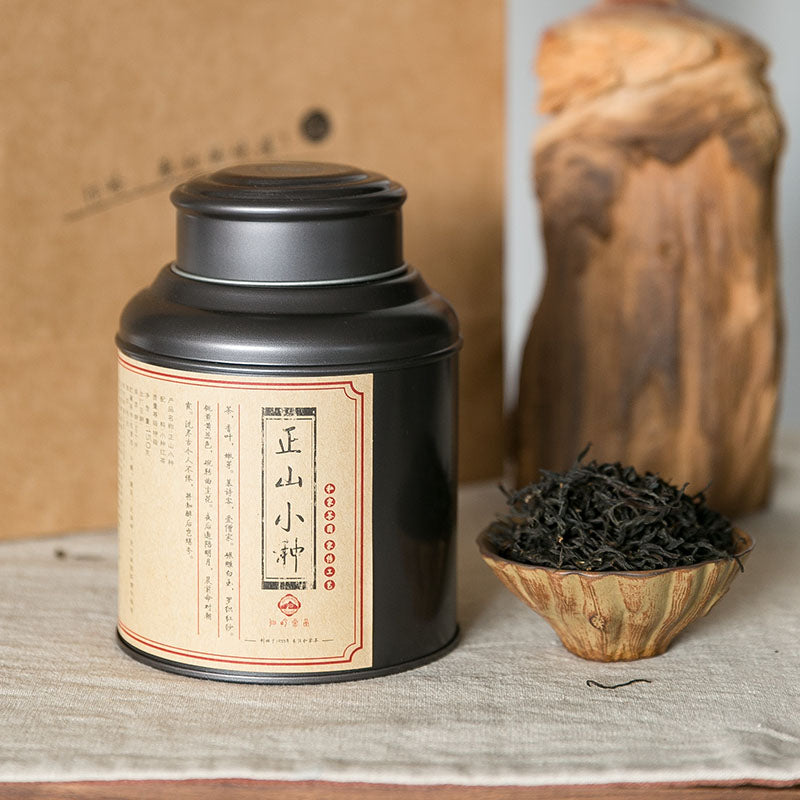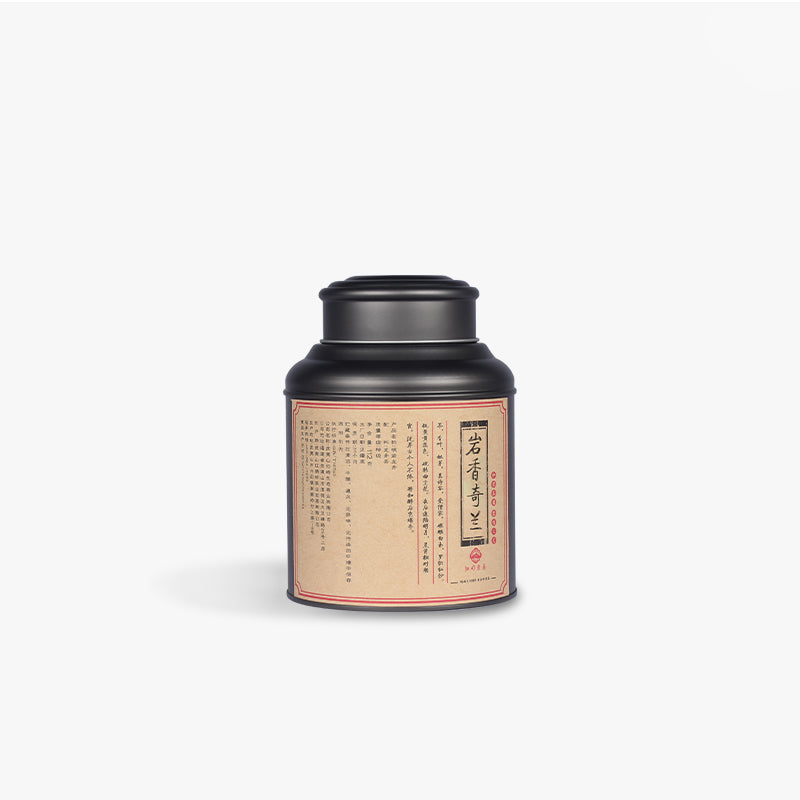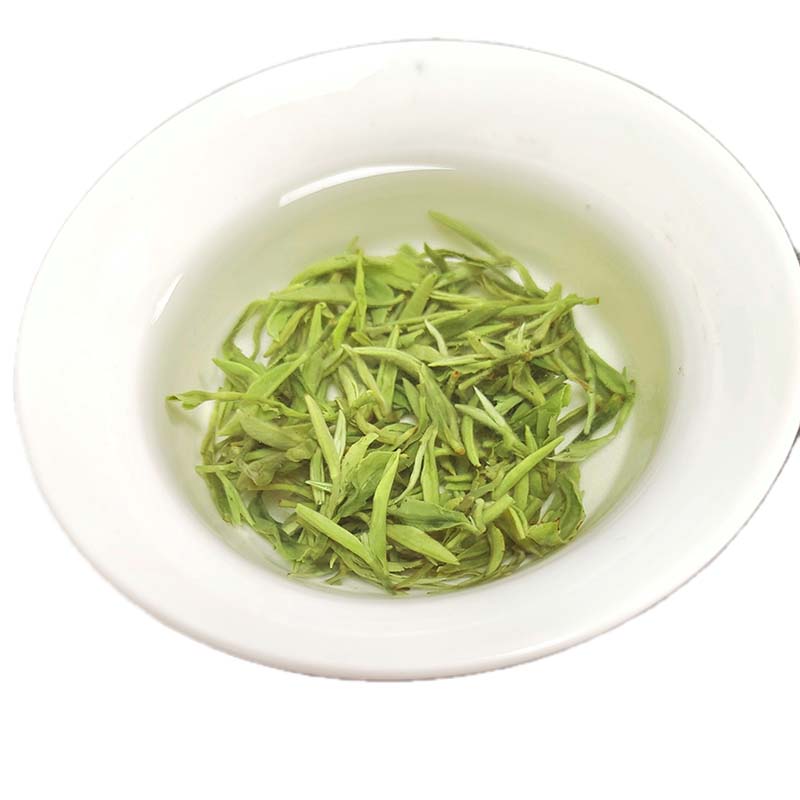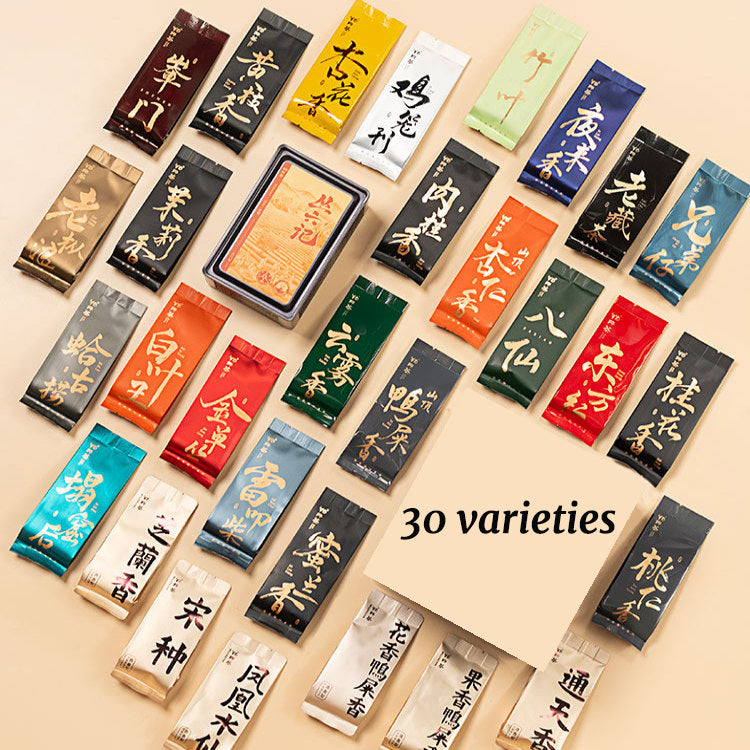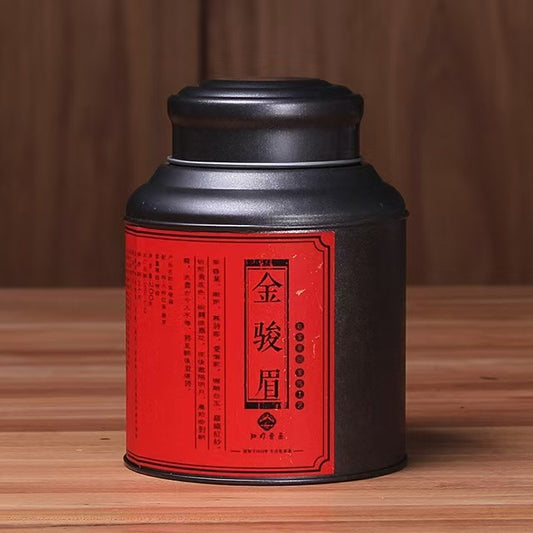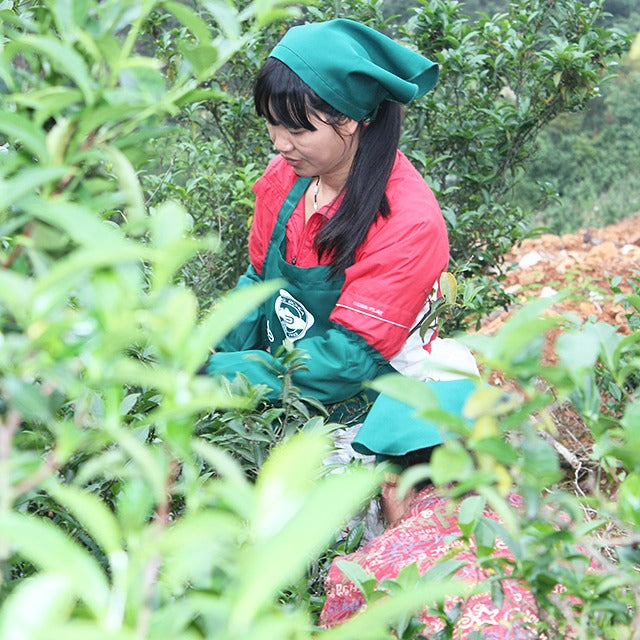Pussimbing Tea A Journey into the Heart of Darjeeling
Pussimbing Tea A Journey into the Heart of Darjeeling
Nestled in the heart of Darjeeling, the Pussimbing Tea Estate produces a brew that captures the very essence of this renowned region. When you pour a cup of Pussimbing tea, you're not just embracing a drink; you're partaking in a rich tradition that taps into the soul of the Indian landscape.
The estate itself is steeped in history, dating back to the late 19th century when tea cultivation in the area first began. What sets Pussimbing apart from other estates is its commitment to organic farming. This dedication is not merely a modern shift but a respect for the land and its natural cycles. The estate sits at 4,500 to 6,500 feet above sea level, creating unique growing conditions that allow the tea bushes to thrive in the misty, temperate climate that Darjeeling is famous for. The resulting tea is often described as having a delicate, floral aroma with hints of muscatel, that mysteriously sweet, grape-like flavor that true Darjeeling connoisseurs cherish.
Brewing Pussimbing tea is an art in itself. It requires a delicate touch to unlock its nuanced profile. Generally, a shorter brewing time compared to other black teas is recommended—about 3 to 4 minutes in water that's just off the boil. This gentle approach allows the tea to unfurl its flavors gradually, conserving its lightness while enhancing its aromatic qualities. Each sip is like a soft, lingering embrace, a reminder of the fog-draped hills where the leaves were picked by hand.
Comparing Pussimbing to other Darjeeling estates, what strikes me is its distinctive floral notes, which make it a delightful choice for those used to the bolder flavors of Assam or Ceylon teas. It's a tea for reflection, perhaps best enjoyed on a quiet afternoon where its subtleties can be fully appreciated. It invites you to pause, savor, and engage in a moment of mindfulness, a gentle nudge to recognize the beauty in simplicity.
Much like a fine wine, the quality of Pussimbing tea can vary from season to season. The first flush—harvested in spring—tends to be lighter, with a crisp freshness that is both invigorating and refreshing. Meanwhile, the second flush, picked in summer, is where the muscatel character truly shines. This seasonality is part of the enchantment of Darjeeling teas, including Pussimbing; they offer a continuing dialogue with the land and the changing seasons.
Ultimately, Pussimbing tea serves as a testament to the enduring legacy of craftsmanship and nature's influence on flavor. It's a tea that not only satisfies the palate but also tells a story of heritage and passion. So, when you next brew a cup, consider it an invitation from the hills of Darjeeling, a gentle whisper from the past, calling for a moment of peace and contemplation.

